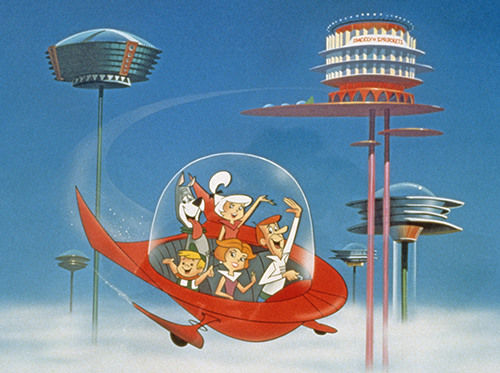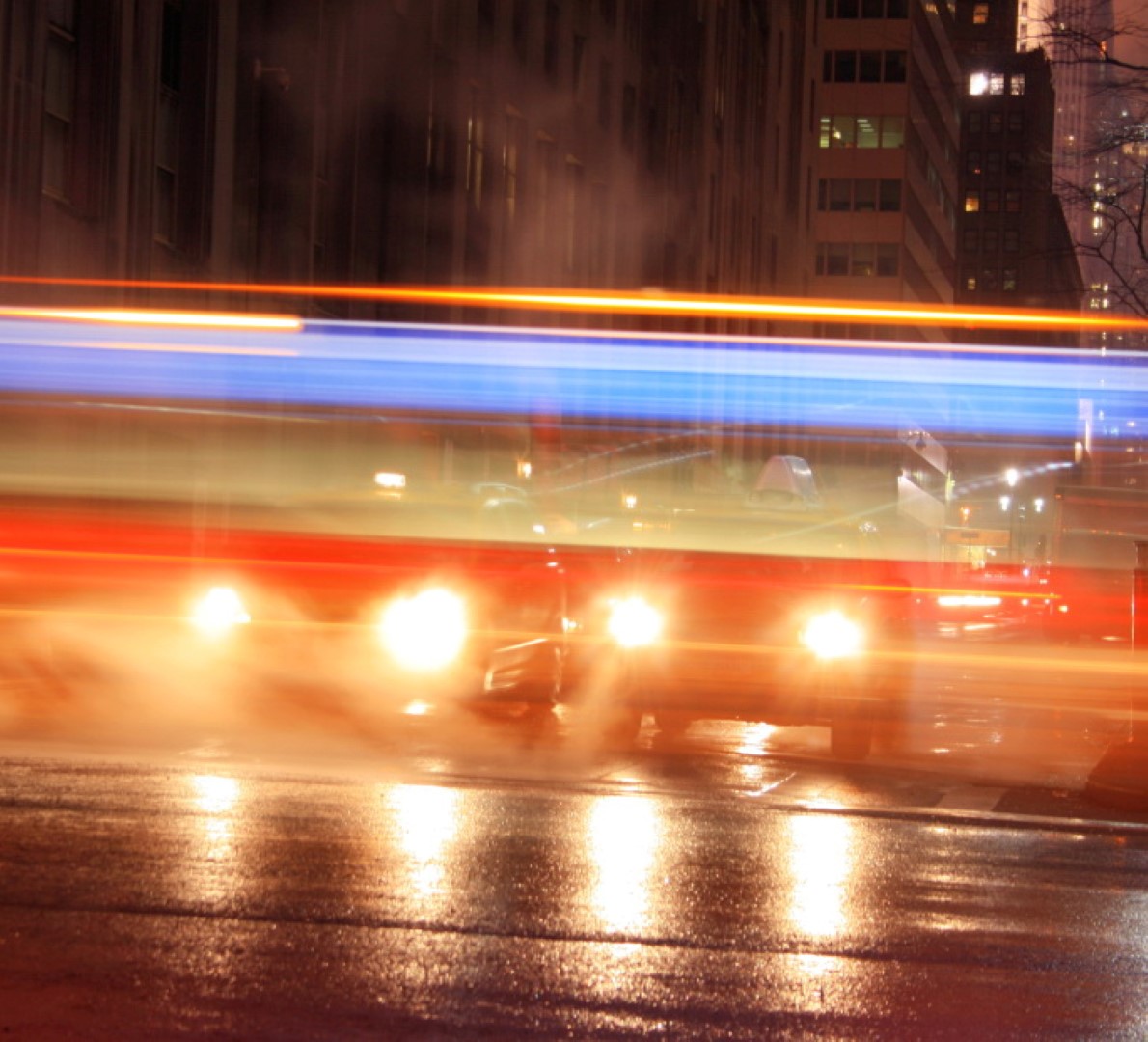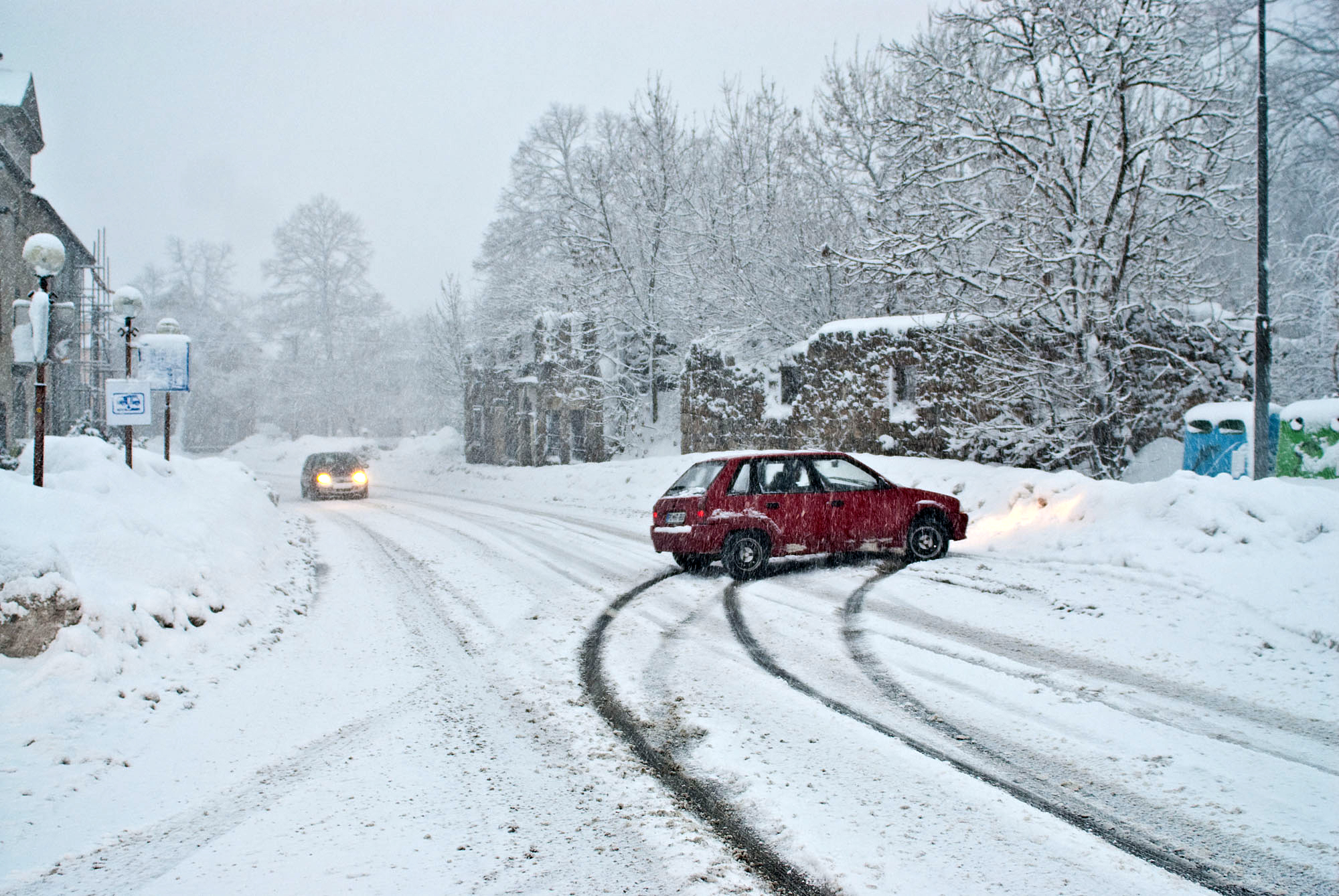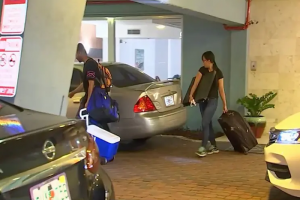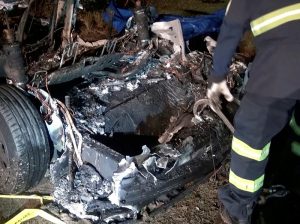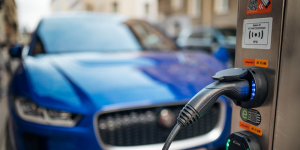Remember “The Jetsons?” Last Sunday marked the birthday of George Jetson, the patriarch of the beloved TV show which first aired on July 31, 1962. The cartoon was set 100 years in the future and George was 40 years old…so the math does indicate that good old George was just born. Each episode started with George getting ready for work with the help of an entirely automated home: Rosie the robot made his lunch before he hopped into his flying (self-driving) saucer and zoomed off to work at Spacely Space Sprockets. Are we now also on a fast-track to everything being automated, or at least our vehicles that we adore so much?
Some would say that we are well on our way. Tesla currently has self-driving vehicles, Uber has had pilot programs like automated Uber cars in Pittsburgh, Tempe, Toronto and San Francisco and the NHTSA (National Highway Transportation Safety Administration) just approved a program for fully automated pod-like trucks (developed and operational in Sweden) to begin operating on U.S. highways in the very near future.
NHTSA has developed a scale of automation levels to help classify and identify the various current — and possible future — scenarios and steps that need to be taken for our vehicles to become fully and safely automated.
Levels of Automation
- Momentary Driver Assistance – Driver is fully responsible while the system provides assistance like warnings and alerts
- Driver Assistance – Driver is fully responsible while system provides continuous assistance with either acceleration/braking OR steering. Not both.
- Additional Driver Assistance – Driver is responsible while the system provides continuous assistance with acceleration/braking AND Steering.
- Conditional Automation – System handles all aspects of driving while the driver remains available to take over driving if system fails to operate.
- High Automation – When engaged, system is fully responsible for driving tasks within limited-service areas. A human is not needed to operate vehicle.
- Full Automation – When engaged, system is fully responsible for driving tasks under all conditions and on all roadways. A human is not needed to operate vehicle.
The current Tesla technology now available is level 3, where the driver can engage the automated driving function but still needs to remain vigilant behind the wheel and monitor the vehicle. Since July 2021, there have been 273 accidents involving Teslas driving with the automated function engaged, causing injuries and even a few fatalities. The Uber program was a level 4 automation, but only in limited service and monitored by a remote human operator. Uber has since suspended that program after a pedestrian was struck and killed by an automated vehicle in Tempe, AZ.
The biggest challenge that these technologies are facing is not the self-automated aspect of the vehicle but rather the ever-changing environment and conditions while the vehicle is in motion. From the time that you start the car to the moment that you shut off the engine, drivers are constantly monitoring fluid events and obstacles, manmade or natural. Flash flooding, an animal or pedestrian suddenly appearing in the road, oncoming traffic crossing the center line, or a tailgating hostile vehicle are all scenarios which still require the judgment of an alert and adaptable human driver. State and federal laws prohibit drunk driving and driving schools and highway safety campaigns warn of the deadly dangers of driving while overtired or taking your eyes off the road while texting or distracted by the infotainment system. Drivers need to be alert and monitoring the road conditions every second that they are in motion.
The essential question is, can you automate this? The answer is, not yet with such human factors at play as carelessness and undue risk taking. We either need to develop a system that can adapt and respond to all of the situations that humans create or remove the human element completely and make all vehicles fully automated. Right now, it appears that we are stuck somewhere in the middle. Drivers put their vehicles into automated mode and get too comfortable and reliant upon the system, resulting in lack of vigilance…with proven deadly consequences. (The safety driver monitoring the self-driving Uber that hit the pedestrian in Tempe was supposedly watching a video on her phone when the vehicle struck the pedestrian crossing the street after dark).
From a forensic perspective, automated vehicles don’t pose an increased challenge because a reconstruction is based upon the physics of a sequence of events. Engineers will still need to inspect the scene and establish the environmental conditions at the time of the accident. Today’s vehicles have a huge amount of data to help the engineer reconstruct what exactly happened. Then the math and science are applied to establish causation or contributory negligence.
The bigger challenge for the future of automated vehicle accidents is a legal one: who takes the assignment of liability?
As for George Jetson – Happy Birthday! I wish we could ask him if we are still 40 years away from Rosie making our lunch and zooming off to work in a saucer…if not, it won’t be for lack of trying!!!
